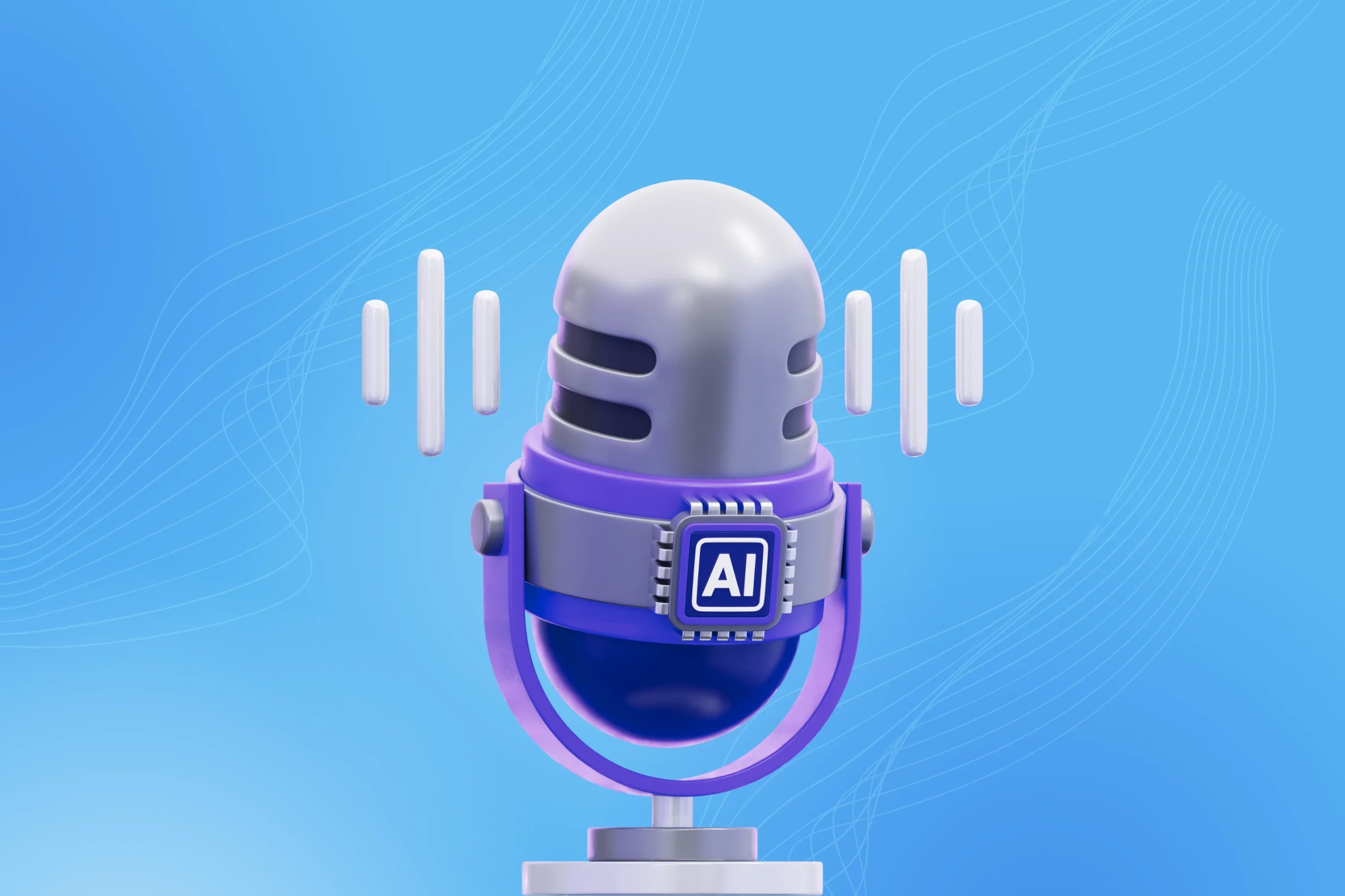Voice Recognition and Conversational AI: A New Interface for Enterprise Productivity
In the modern digital enterprise, voice is fast emerging as the next disruptive interface—transforming how humans interact with technology. While voice assistants like Amazon Alexa, Google Assistant, and Apple’s Siri are becoming commonplace in homes, the real frontier lies in enterprise use. When integrated with intelligent conversational AI, voice recognition technology can redefine operational efficiency, enhance accessibility, and unlock entirely new business models.
The Cost of Searching in a Connected Workplace
In the modern digital enterprise, voice is fast emerging as the next disruptive interface—transforming how humans interact with technology. While voice assistants like Amazon Alexa, Google Assistant, and Apple’s Siri are becoming commonplace in homes, the real frontier lies in enterprise use. When integrated with intelligent conversational AI, voice recognition technology can redefine operational efficiency, enhance accessibility, and unlock entirely new business models.
Why Voice + AI Is the Future of Enterprise Interaction
The evolution of voice recognition systems, fueled by advances in machine learning and cloud-based computing, has elevated speech-to-text technology far beyond its early limitations. Today’s AI voice systems are capable of deciphering complex vocabulary, diverse accents, conversational context, and even intent—turning spoken commands into meaningful actions within business systems.
What sets modern voice-driven AI apart is its ability to plug directly into existing applications, workflows, and data layers. Morphis AI, for instance, enables organizations to deploy virtual agents with built-in speech capabilities that interact naturally with users and systems alike, delivering instant insights and operational support without requiring a graphical interface.
How Voice-Enabled Conversational AI Works
At its core, voice-enabled AI operates on a two-layer architecture:
- Voice Recognition Layer: This converts spoken language into structured text using automatic speech recognition (ASR) engines.
- Conversational AI Layer: The text is passed to an intelligent agent that interprets intent, analyzes context, and triggers the correct response or workflow—just as it would with typed input.
Morphis AI supports seamless integration with top-tier voice technologies while remaining vendor-agnostic. This means businesses can use the most suitable voice engine for their needs—such as Amazon Polly, Google Speech-to-Text, or custom IVR systems—while relying on Morphis for enterprise-grade natural language understanding (NLU) and orchestration.
Key Use Cases in Enterprise Settings
Voice-powered AI agents are already streamlining operations across industries:
- Healthcare: Doctors use voice commands to retrieve patient records or dictate notes hands-free, improving focus and reducing admin overhead.
- Customer Service: Virtual assistants in call centers understand spoken inquiries, route calls intelligently, and even answer FAQs autonomously.
- Field Services: Technicians access manuals, submit reports, or request support while on the move, using only voice.
Each scenario benefits from frictionless access to information and systems—especially in environments where typing is inefficient or impossible.
Challenges to Voice AI Integration
Despite the promise of voice interfaces, several challenges remain for enterprise adoption:
- Limited Visual Feedback
Many traditional chatbots rely on clickable buttons, embedded media, or external links to guide users—elements that don’t translate to audio-only interactions. Crafting meaningful, concise, and voice-friendly responses is essential.
- Handling Ambiguity and Nuance
Spoken language often contains subtle cues and imprecise phrasing. For instance, “I bought a car” vs. “I want to buy a car” may seem similar, but they trigger entirely different workflows. Without advanced NLU and context modeling, voice bots may misinterpret intent, leading to failed interactions.
- User Journey Deviation
Human conversations don’t always follow a straight line. Users may jump between topics or follow up with vague references like “Why?” or “What else?” without specifying context. A robust voice AI agent must maintain conversational memory and adapt fluidly, keeping users on a productive path
Best Practices for Enterprise Voice AI Deployment
To maximize success with voice-integrated AI agents, Morphis recommends:
- Start Small, Iterate Fast: Begin with high-impact, well-defined use cases that naturally benefit from voice—such as scheduling, knowledge retrieval, or reporting.
- Design for Speech, Not Text: Optimize content for audio delivery. Responses should be brief, clear, and conversational.
- Ensure Deep Context Awareness: Choose a platform that supports contextual memory and dynamic intent handling—key to delivering personalized, logical interactions.
- Invest in Language Understanding: Accurate NLU is the foundation. Morphis AI’s language engine is designed to minimize false positives and adapt to enterprise-specific vocabulary and domain logic.
- Pilot Both Voice and Chat Simultaneously: As Gartner recommends, comparing performance across both modalities helps identify the strengths and limitations of voice AI in your business context.
The Morphis AI Advantage
Unlike off-the-shelf voice bots designed for consumers, Morphis AI is built from the ground up for enterprise application. Its modular, multilingual architecture allows integration with voice channels, internal apps, databases, and workflows—enabling secure, scalable, and intelligent automation powered by voice.
Whether it’s enabling executives to access BI reports through a simple question or allowing nurses to update patient records hands-free, Morphis AI brings the next generation of voice-first productivity to life.
References
- McKinsey & Company – The social economy: Unlocking value and productivity through social technologies
https://www.mckinsey.com/industries/technology-media-and-telecommunications/our-insights/the-social-economy - Harvard Business Review – The Knowledge Worker and the Search for Productivity
https://hbr.org/2015/01/where-knowledge-workers-go-wrong - IDC – Data Age 2025: The Evolution of Data to Life-Critical
https://www.seagate.com/files/www-content/our-story/trends/files/idc-seagate-dataage-whitepaper.pdf - Morphis AI – Smarter Access to Enterprise Knowledge
https://morphis.ai





